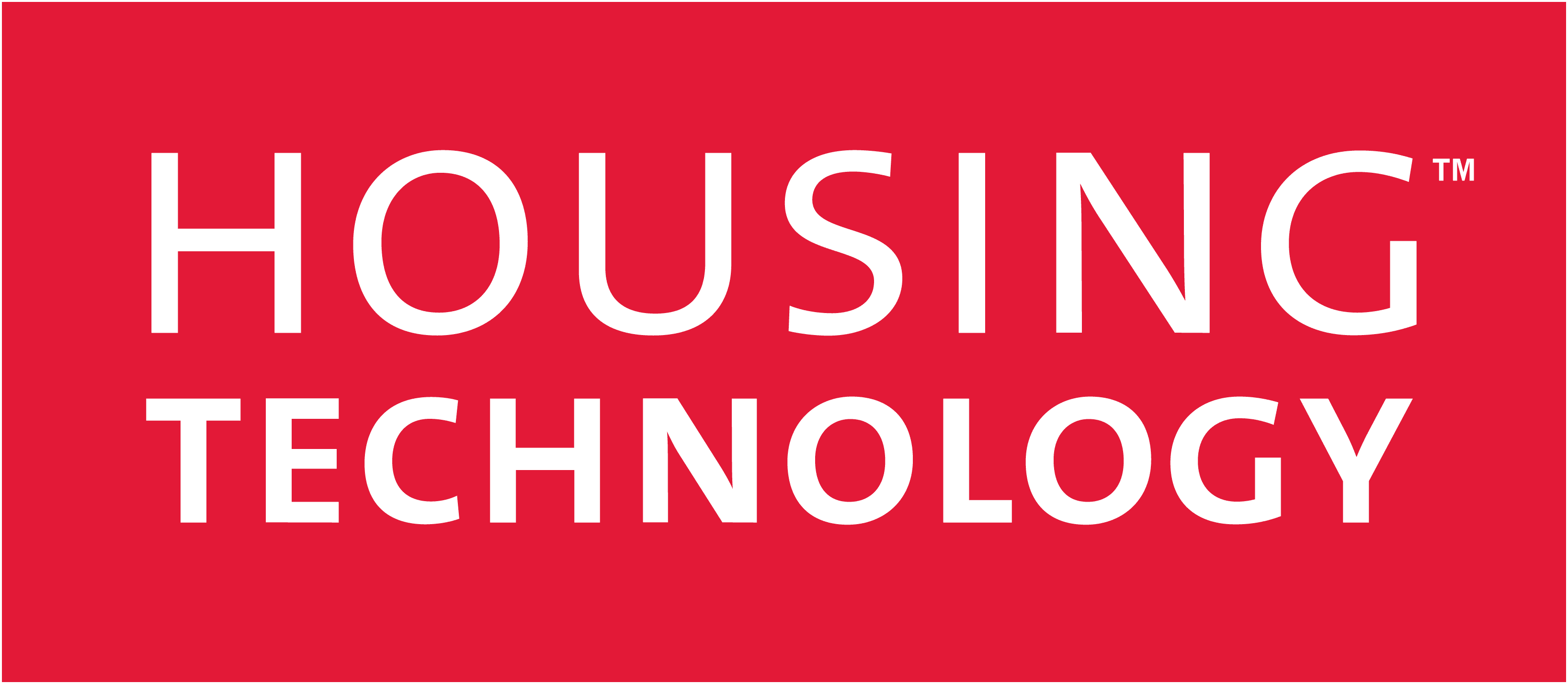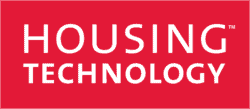Productivity is one of those business terms that is over-used and misunderstood yet critically important when it comes to business process, efficiency and ultimately successful delivery, regardless of the objective. It’s fine when used as a high-level concept but what does increasing your productivity actually mean? How do we translate a concept that has its origins on the shop floor to the back office? Most importantly, how will it help you achieve your goal of improving the service you provide to your tenants?
Ultimately, it’s about freeing up your staff to focus on adding the value only they can add, whether that’s enabling your customer services team to deal with more queries, giving your engineers more time to spend evaluating or repairing property issues or implementing new procedures dedicated to supporting vulnerable tenants.
The importance of use cases
When it comes to driving productivity by deploying technology, particularly in the social housing sector, use cases are essential. The more you can identify and resolve, from the very simple to the very complex, the more likely it is that technology can make a contribution to helping your housing association achieve compliance with the value for money standard.
Our recent presentation at the Housing Technology 2019 conference highlighted one technology investment that many in the sector have already made, that has the potential to transform productivity across multiple areas of your organisation. ‘Potential’ because most haven’t looked beyond the obvious, hence the title of our presentation: ‘Hidden Treasures’.
Your Swiss Army knife
It’s probably more than two years ago that we started referring to Office365 as a ‘digital Swiss Army knife’; you’re armed with tools that you might not use all the time but will come in pretty damn handy if and when you need them.
The reality is that the tools are multi-functional and can be applied almost universally. So, it would appear that Microsoft’s mission to “empower every person and every organisation on the planet to achieve more” is all about productivity and it’s an ethos that’s well and truly embedded into Office365.
The challenge lies in the fact that very little in terms of what can be achieved with these multi-functional tools is explicit; having a powerful workflow automation tool, app builder, all-in-one storage solution, collaboration suite and data visualisation tool at your fingertips is great if you know where to start and what you’re trying to solve or achieve.
Shared DNA
That’s where use cases come in; and those use cases might be as diverse as basic internal processes or complete systems or complex projects. Break them down into their component elements and we’d suggest that there’s a significant amount of shared DNA.
For example, data capture, information sharing, approval processes, tracking, document retrieval and reporting are all common building blocks but it sometimes takes a bit of imagination to understand that an audit tool actually shares the majority of its DNA with an expenses management solution. Of course, they fulfil very different functions and support completely different departments across the organisation.
One key piece of DNA that they both share is their contribution to productivity. Let’s face it, there’s nothing productive about collecting grubby, moth-eaten paperwork and manually inputting data to process and analyse.
Frustration and insights
The number of different solutions we’ve built over the past couple of years is almost equal to the number of housing providers we’ve worked for, and that’s both frustrating and insightful.
Frustrating because we, or rather the sector as a whole, run the risk of re-inventing wheels, and insightful because we’re gradually building a bank of use cases that we suspect are universally applicable.
Expenses management, holiday approvals and tracking, declarations of interest, board governance and task management, audit systems, task and case management, tenant onboarding… the list continues to grow.
The results are as myriad as the tools are multi-functional; a reduction in paperwork, elimination of unwieldy email trails, replacement of spreadsheets (which seem to multiply like rabbits), greater accuracy, data completeness, improved visibility, huge savings in time and resources… sounds remarkably like a definition of productivity. And, we suspect, result in people achieving more.
Every little helps…
To quote another household brand (albeit completely out of context), ‘every little helps’; while your starting point might be a small project, we would argue that the results will be anything but. At a relatively basic level, we’re also seeing the idea of ‘self-serve’ emerging; although that brings with it the challenge of control and governance, so tread carefully.
The real game-changers come when entire processes are tackled and revolutionised.
A combination of intelligent forms, workflow automation and data visualisation built by TSG experts helped H. Malone & Sons, an M&E contractor to housing provider the Byker Community Trust, to fully digitise a discrete project to audit the heating and domestic water systems of more than 2,000 properties. It also tracked the progress and cost of remedial and repair work and provided full management reporting. More importantly, it’s a stepping stone towards the strategic goal of maximising its investment in technology through digitisation.
George Smith, H. Malone & Sons’ IT manager, said, “The solution TSG has provided not only streamlines our daily data recording tasks but also simplifies our back-office invoicing and payment workflows. It has the added benefit that we can pass important asset data back to the Byker Community Trust team so that they can keep track of the project’s progress and, more importantly, import data into their own asset management tools. We are almost at the point of achieving the holy grail of a ‘paperless office’ on this project.”
Cultural changes
An improvement to your operations is essential to any project you undertake, otherwise what’s the point? But it’s important to understand the impact it can have on people, too. By making the lives of your staff easier, it inevitably also has a positive effect on your customers. By implementing a digital job management solution that integrated with the organisation’s ERP system, TSG not only saved Energetics a lot of money on postage, labour and invoicing processes, we also helped its people.
Maureen Duff, Energetics’ systems associate director, said, “The digital job management solution has delivered significant back-office savings in time, resources and costs. However, what’s been more satisfying is the response of our team managers and the impact they’ve reported on their daily operations.”
The link between Office365 and your tenants’ experience sounds a bit tenuous until you really dig deep into it. Making your employees’ lives easier sounds great, sure, but it’s the tenants that really matter. But you can do both, and it’s not too good to be true. If that’s what productivity is about, then bring it on.
Stephen Green is the chief marketing officer at TSG (Technology Services Group).


